I had the opportunity to go to the National Storytelling Festival in Jonesborough, Tennessee for the first time this weekend and can I just say, it was as good as I hoped it would be. If you have never had the opportunity to attend, sit back and let me describe it for you.
It’s that time again. The tents are empty, the memories are fresh and we are feeling gratitude in our hearts, so some thank yous are in order.
There are many benefits to having a professional storyteller visit your school. Storytelling helps students develop listening skills. Stories are the building blocks of imagination, stories teach character, and storytelling can foster the desire to read independently.
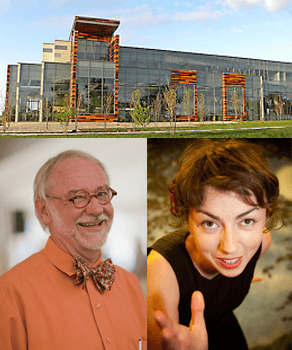
Here are some tips to help you get most out of your 2014 Timpanogos Storytelling Festival experience.
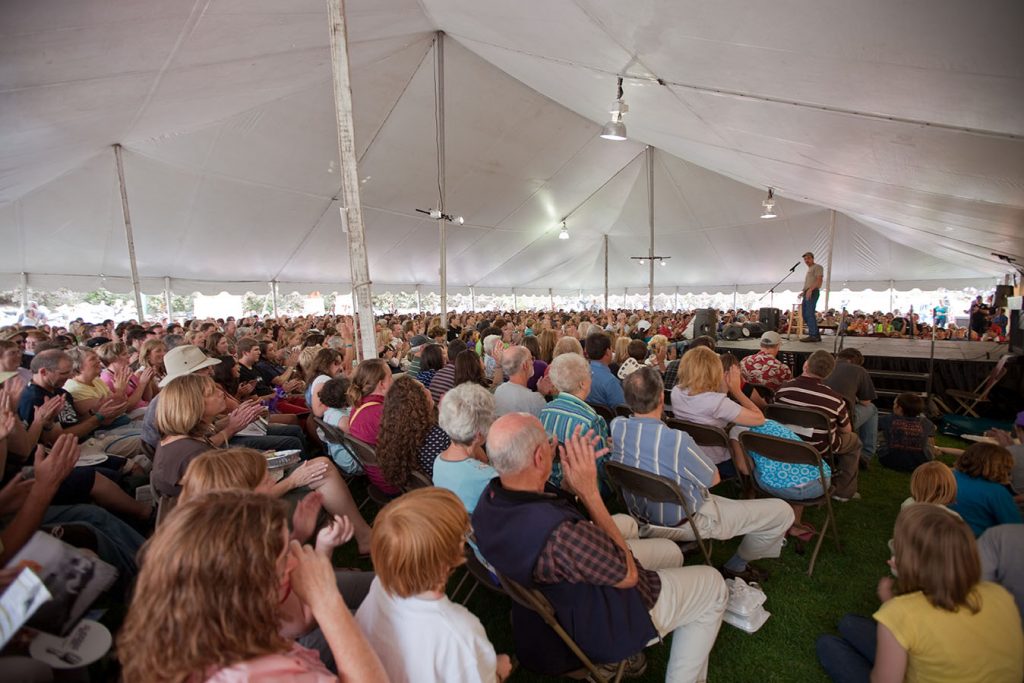
The Festival is only two weeks away and the hundreds of volunteers behind the scenes are busy getting last minute logistical details worked out. It’s a big project which requires a lot of coordination, but every year for the last 25 years it all seems to work itself out. The storytellers arrive, the audience gets settled in and then the magic happens- imaginations are fired up, the energy of the crowd becomes palpable, and memories are brought to life.
A couple days ago I was listening to a story by Dolores Hydock called Occam’s Razor on the radio program The Apple Seed . The story is about how blessed she was after her mother’s diagnosis of cancer. It really struck home with me because we had recently dealt with the death of a loved one due to cancer and had also felt the blessings in disguise that had come from that experience. Even though our family has lost a beloved grandfather, we know that he can live on in the stories that we pass along to our children and grandchildren. Writing those stories down and retelling them orally is an important part of keeping his legacy alive.
Rev up your appetite for the upcoming Festival with some films that celebrate storytelling. At the end of this article is a list of movies that pay homage to the art of oral storytelling. If you want to read about upcoming movies and get scholarly with your study of film and storytelling, read on. If you would rather just look through the movie list, skip forward. Either way, enjoy the celebration, and we’ll see you at the Festival!
Are you a storyteller who has a spider-themed story to tell, or do you know one? The Timpanogos Storytelling Institute would like to make you aware of the Spider Fest to be held August 9th on Antelope Island. We’re passing along this letter from Justina Parsons-Bernstein, the coordinator of the Festival.
I was late posting this article because I had a drip in my bathtub, which turned into a gush that filled my tub and spilled out into hallway. Before I could reach the water main the whole basement was flooded and I had to swim with the pipe wrench in my mouth down to the valve. The valve was stuck tight and I couldn’t turn it, so I swam up for air and was washed out into the yard, down the gutter and into the Provo River. Eventually my husband picked me up in our ski boat while I was bobbing in Utah Lake with the pipe wrench still in my mouth.
In co-sponsorship with the Utah Valley Symphony, we will be presenting The Story of Scheherazade, narrated by Charlotte Blake Alston on April 30-May 1, 2014. These stories, often called the Thousand and One Arabian Nights, were told by Scheherazade, a fictional princess who told her husband these stories each night in order to prevent herself from being executed. With the soul-stirring music of Rimsky-Korsakov as a setting, this will be a memorable and enriching experience.
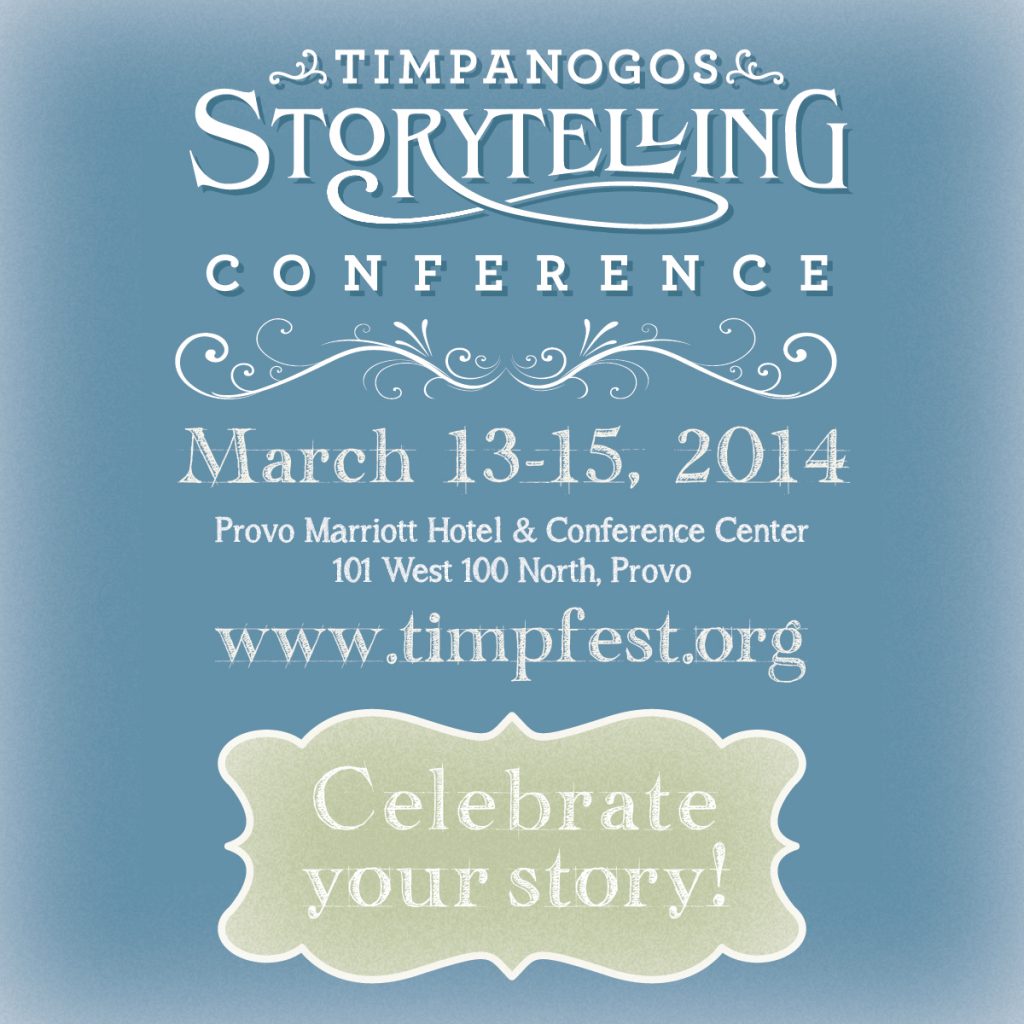
Welcome to this year’s Timpanogos Storytelling Conference at the Provo Marriott Hotel & Conference Center. We are so pleased that you are joining us! I would like to take this opportunity to introduce you to the Conference Center located at 101 West 100 North in Provo, Utah. Please plan on parking in the Marriott Parking Garage . . .

I’m watching the Olympics as I write this, speed skating to be exact. What I love most about the games is not the competition, or even watching athletes push themselves to accomplish amazing feats of strength, dexterity and endurance. What I love are the stories in all their varieties, the quests for personal triumph, the journeys of self-mastery, stories of redemption, the tragedies . . .
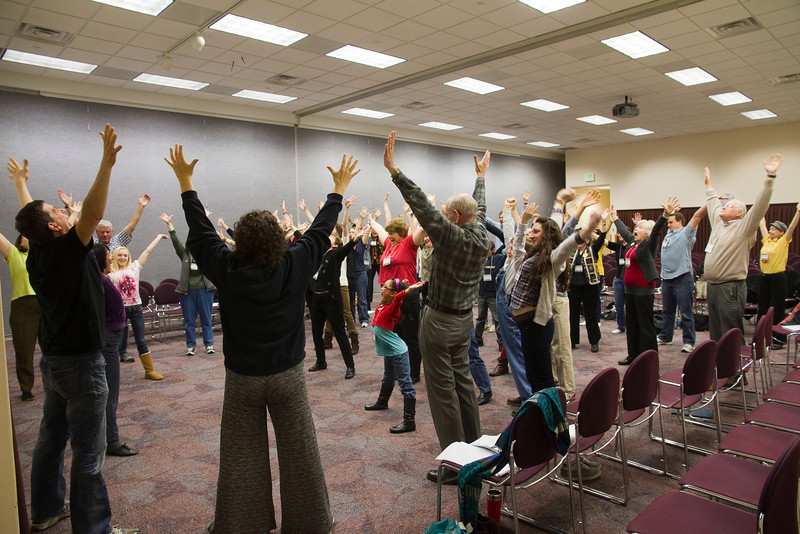
Hello friends! If you haven’t had the opportunity to attend the Timpanogos Storytelling Conference, let me tell you, it is a treat. Imagine sitting with some of your favorite storytellers from the summer festival and getting to know them on a whole new level while learning the secrets of their craft. I had the opportunity to attend a series of workshops in August 2012 and . . .
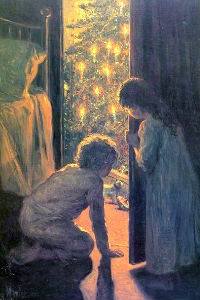
The holiday season is a time for stories. With traditions, people, and places we love, there are so many memories to be discovered and stories to be shared. Throughout the month we have been posting a story prompt to open a door into your memory. Please feel free to share your comments here, but more importantly, share them with someone you love.
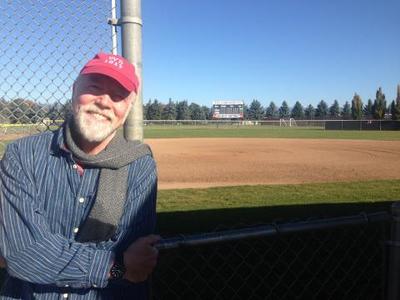
You may have heard John perform at the Timpanogos Storytelling Festival and if so,you know how entertaining he can be, but his festival performances are just the tip of the iceberg. On November 23 John is coming to Utah and this is your opportunity to see him at his best, on a stage, in full concert. John will take you on a journey and the whole family is invited to come along…

We love our sponsors! Timpanogos Storytelling simply would not survive without them. Today, we would like to congratulate our superstar sponsor, Kaleidoscope Pictures. They were awarded a Regional Emmy for their program, The Song That Changed My Life: Howard Jones. Kaleidoscope first connected with Timpanogos Storytelling in 2011 when they filmed What’s Your Story? A Donald Davis Workshop. Along the way, they fell in love with storytelling. . .









